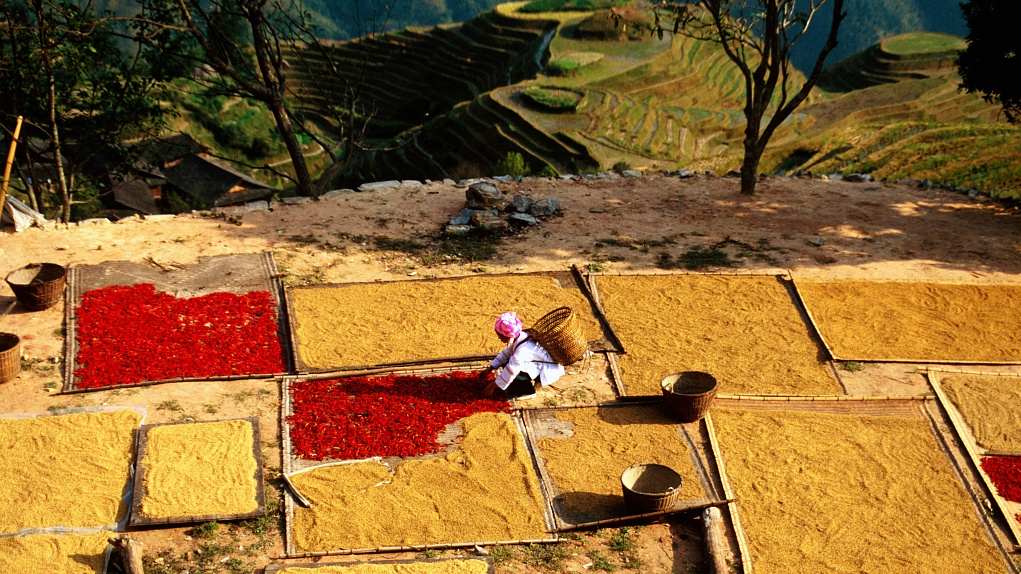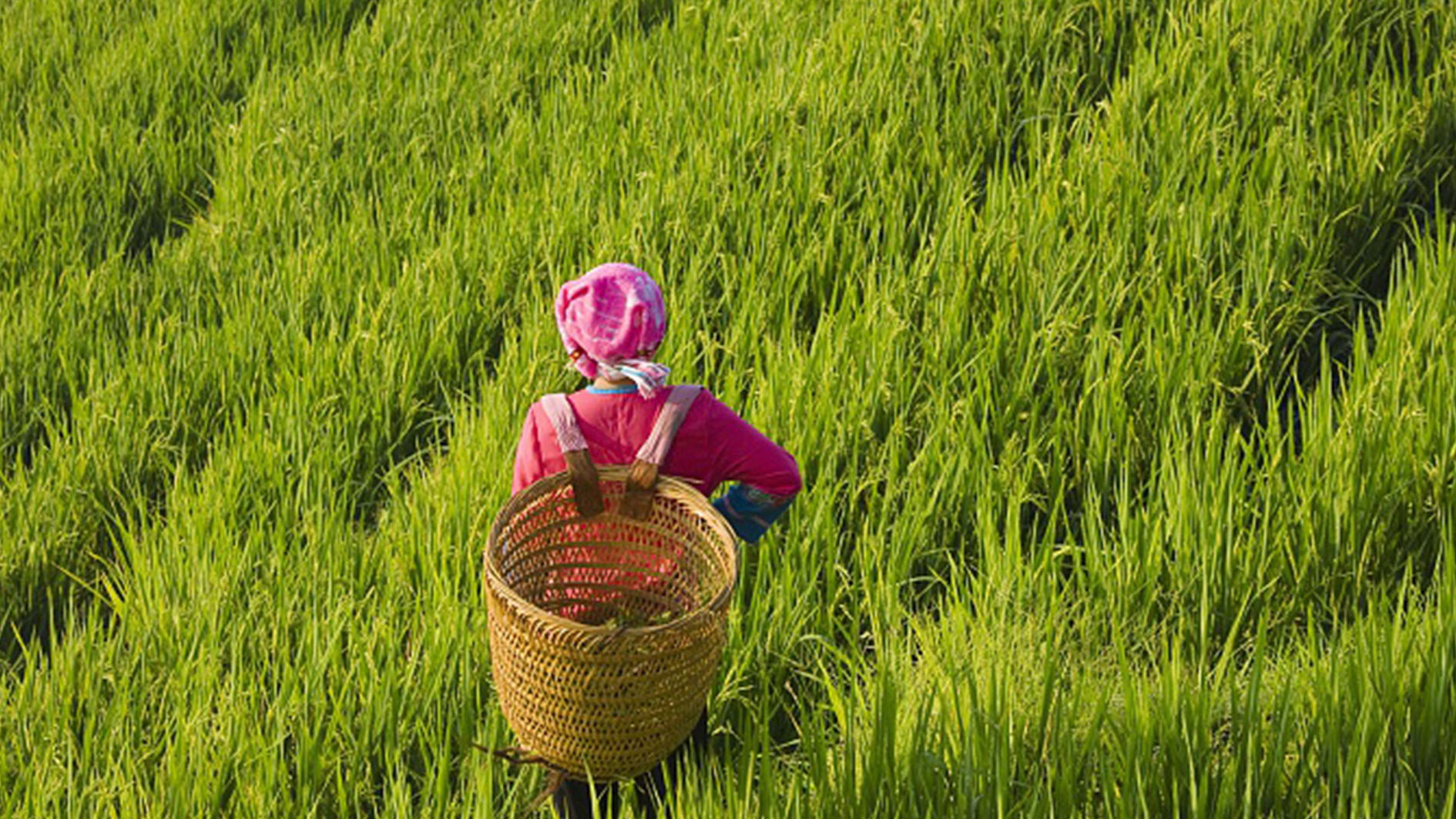
Culture China
21:23, 05-Feb-2019
All you need to know about China's Zhuang people
Updated
22:04, 05-Feb-2019
By Yan Qi from Asia Today

There are 56 officially recognized ethnic groups in China and among them, the Zhuang ethnic group is the largest with an estimated population of 18 million.
They mostly live in southwest China's Guangxi Zhuang Autonomous Region, while some are also settled in neighboring provinces of Guangdong, Guizhou, Yunnan, and Hunan.
The Chinese character symbolizing the Zhuang people has changed several times. Their autonym, "Cuengh" in standard Zhuang, was originally written as "獞".
In 1965, on the suggestion of Zhou Enlai, China's first premier, it was changed to a completely different character "壮", which means strong and robust.
As part of Chinese ethnic groups, Zhuang people share many festivals with the Han people. Though, they also have their own festivals and celebrations. Among them, the Singing Festival and Ghost Festival are the most important ones.
The Singing Festival is celebrated on the third day of the third month of the lunar calendar, usually in March or April.
It is a traditional festival that commemorates Liu Sanjie, a legendary singer of the Zhuang in the Tang Dynasty (618-907). She was well-known not only for her beautiful singing but also her courage in confronting local tyrants.
The Singing Festival is a public holiday in Guangxi. On this day, villagers gather in an open space to celebrate this joyous occasion, feasting on five-colored glutinous rice and dyed eggs.
The festival is also a good opportunity for young people to find their partners. Adult singers sing to each other and try to stump the other by creating lyrical lines that the other cannot match. If a girl and a boy fall in love, the girl throws an embroidered ball at the boy, and the boy presents her a gift in return.
Another important celebration is the Ghost Festival, which is observed on the 14th or 15th day of the seventh lunar month, around August.
The festival is celebrated to commemorate family ancestors. The Ghost Festival is regarded as the most important festival by the Zhuang people after the Chinese Spring Festival.
On this day, they clean up their houses and gather around to prepare chicken, duck and five-colored glutinous rice or "ciba", offered as sacrifices to the ancestors. After the sacrifices, people usually enjoy a family dinner.
In ancient times, calligraphy chiseled into cliffs and mountainsides was a common practice for the Zhuang community.
On Leipo Mountain in Nanning City, southwest China's Guangxi Zhuang Autonomous Region, cliff carvings dating back to the Qing Dynasty (1644-1911) can still be found.
The mountain is surrounded by several Zhuang ethnic minority villages. Every year the Zhuang people hold a sacrificial ceremony here in honor of their ancestors.
For more click on the video below:
00:54


SITEMAP
Copyright © 2018 CGTN. Beijing ICP prepared NO.16065310-3
Copyright © 2018 CGTN. Beijing ICP prepared NO.16065310-3